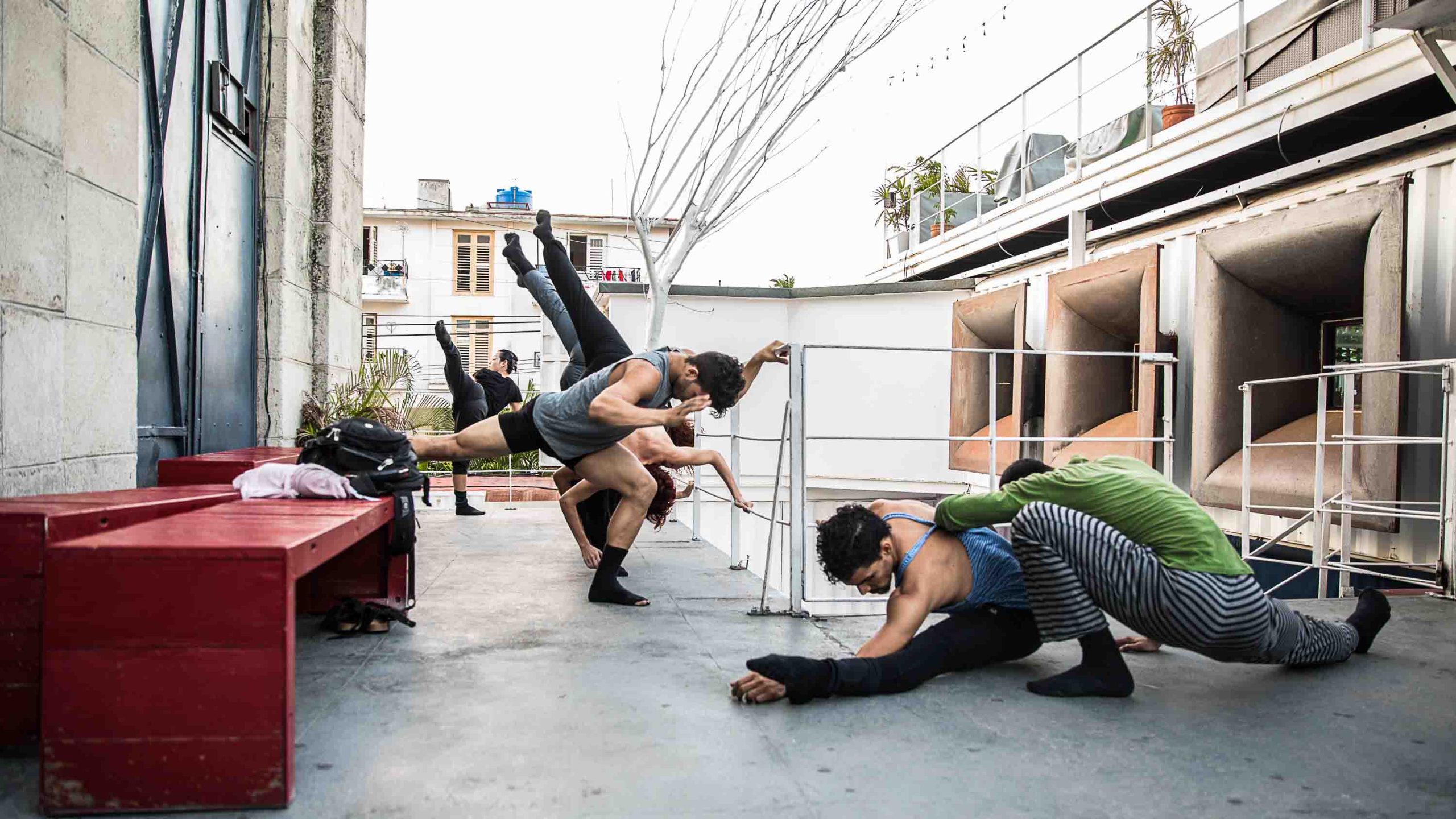I dip my fingers into the bowl of cold water, milky white from powdered egg shell, and dab the liquid on my head, shoulders, knees and feet. I’m kneeling in front of Damián, a Cuban Babalawo, a priest of the Afro-Caribbean religion of Santería. He’s performing a cleansing ceremony to rid my body of negativity.
I feel lighter on my feet as I get up in his living room-meets-enormous religious sanctuary, stuffed with shells, necklaces, gourds, pots and ceramic elephants. Every item holds a meaning, and thanks to my experience with Beyond Roots, I’m given the full 101 by expert guide Endimo García, and Damián. Merging the beliefs of West African Yoruba with Roman Catholicism, I learn how West Africans brought to Cuba via the transatlantic slave trade from the 16th century were forbidden to practise their religions by Spanish colonial masters—and how Catholic saints proved to be a convenient disguise for Yoruba deities, known as orishas.
This tour, among others, is the brainchild of Adriana Heredia Sánchez, a professor of economics-turned-new business owner. We meet later at her store and hair salon to get the lowdown on doing business in crisis-hit Cuba “When I look back, I see a lot of evolution in Cuba. It’s slow, but it is evolving.”
Havana, the striking, complicated Spanish-founded capital of Cuba, is at a critical crossroads. Abysmal economic times, record migration, high food prices, and slow tourism post-pandemic engulf the country. The city, too, is the capital of a country under the longest period of sanctions in the world: The 62-year-old US trade embargo against Cuba. Mind-boggling domestic hurdles stifle growth, too. The situation is so complex that “it has no name,” laments a despondent taxi-driving Habanero, the term for a Havana local. But even against this shambolic backdrop, a gathering of determined Habaneros thrives—and survives.

